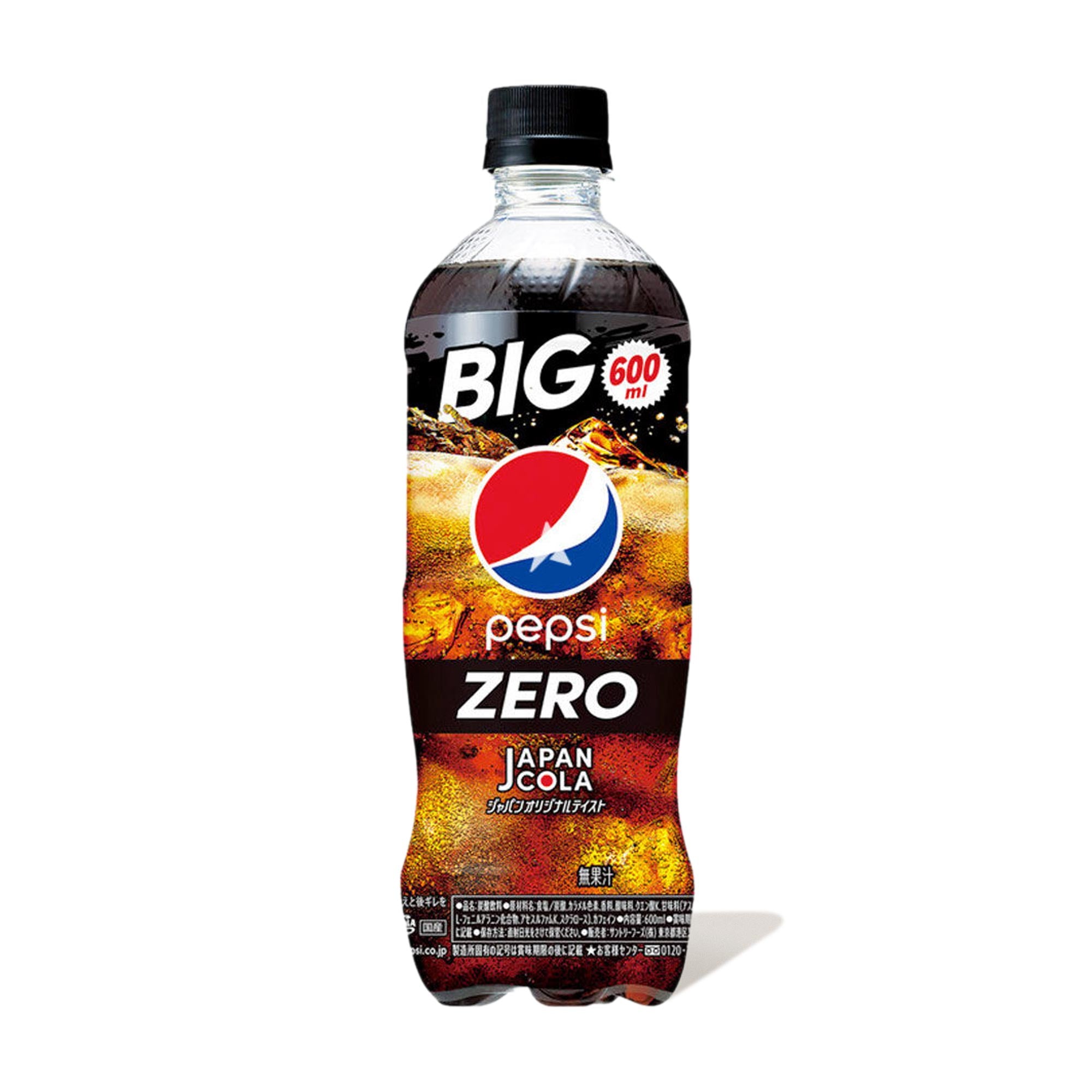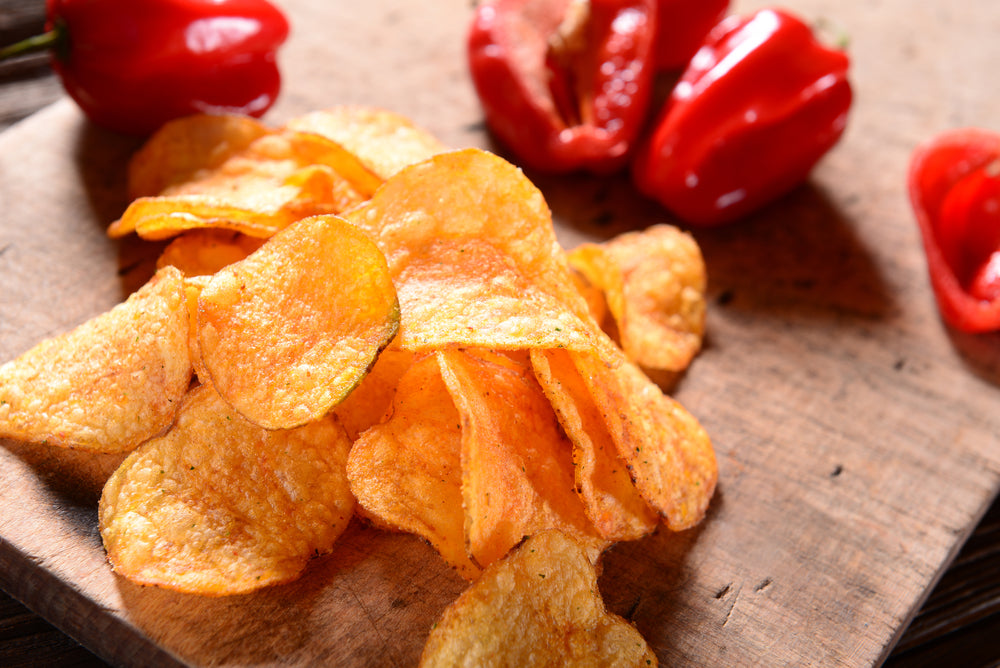Spice Up Your Rice: Instant Rice Cooking Hacks!
The Importance of Rice
Rice is such a staple in Japan that “cooked rice” shares the name with the word for “meal” (gohan). Breakfast is essentially “morning rice” (asa gohan), lunch is “noon rice” (hiru gohan), and dinner is “evening rice” (ban gohan). There are popular dishes without rice in Japan, such as noodle dishes, but rice continues to be the reigning star of most Japanese meals. One reason plain rice is appreciated is because much of what accompanies rice is strong flavored. Bites of plain rice can be alternated with bites of rich-tasting sides without overpowering the taste buds.

The Perfect Bowl of Rice
In Japan, learning how to cook a perfect pot of gohan is a rite of passage. It’s not as easy as it seems to make steamed rice that is slightly sticky but not mushy. Short grained rice is typically used in Japanese cooking. Not rinsing the dry rice grains first makes it too clumpy. Not soaking the rice first makes water absorb less evenly into the rice. Too much water makes the rice soggy and too little water makes the grains hard and dry. You know you’ve cooked a perfect pot of rice if you stir the cooked rice and see that the grains glisten and stick lightly together.
Electric rice cookers are a great way to make a consistent pot of rice with just the right amount of water. Expect 3 cups of white rice to take about 30 minutes to cook. It takes about twice as long to cook brown rice. You can buy Premium Short Grained White Rice, Kokuho Medium Grained White Rice, or Premium Medium Grained Brown Rice from an online Asian grocery store and have it delivered to your door.
If you’re in a hurry or don’t have a rice cooker, did you know that instant rice can also deliver delicious results? Instant microwave rice can be bought from an Bokksu Market, an online Asian grocery store. One and a half minutes in the microwave is all it takes for Nishiki brand Instant White Rice and Instant Brown Rice to be ready for consumption.

Dressing up Your Rice
As much as plain rice is a mainstay of Asian cuisine, there are lots of ways to take your gohan to the next level. Here are some examples of how to jazz up plain rice:
Furikake—In Japanese, furikake literally means “sprinkled on.” Furikake is a crunchy, salty, and umami seasoning sensation that usually contains flakes of nori seaweed, sesame seeds, dried fish shavings, salt, and other spices. Furikake is used as a condiment for vegetables and fish in addition to rice. Furikake really adds a festive wow factor to plain food. You can try furikake with a more prominent soy sauce flavor (Soy Sauce Furikake), a dried fish bonito version (Katsuo Fumi Furikake), or a combination type with seaweed and bonito (Seto Fumi Furikake).
Ochazuke— Ochazuke is a savory and soupy topping for rice. Ocha means “tea” and -zuke means “submerged.” True to its name in Japanese, ochazuke is made by topping a bowl of rice with preferred ingredients and pouring green tea, broth, or hot water over the whole thing. Ochazuke is often eaten as a comfort food when under the weather, or when hunger pangs are strong but the cupboard is bare. When you’re feeling blah on a cold day, one of these quick ochazuke versions is certain to fill you up and brighten your mood: Seaweed Ochazuke, Salmon Ochazuke, or Ume Sour Plum Ochazuke.
Japanese curry—Japanese curry rice, or kare raisu, is another way to transform plain rice into a completely different meal. Japanese curry is a much milder version than Indian curry. It still contains curry powder, chili pepper, and garlic, among other ingredients, but think of it more as a thick, robust gravy to go alongside rice. Despite its simplicity, Japanese curry is a delicious comfort food and can be tailored to taste with meat and vegetables. With instant curry cubes, you can easily upgrade boring rice into a hearty and comforting meal. Try Mild Golden Curry, Medium Golden Curry, or Mild Curry with Vegetables.
No matter if you like your rice plain and simple or dressed to the nines, you can buy what you fancy at Bokksu Market, an online Asian grocery store.
By Megan Taylor Stephens
Author Bio










